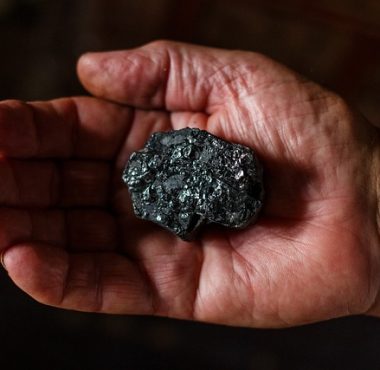
Energy security
Fly ash is produced during the coal combustion process. Fly ash is a source of rare elements (Kogarko et al. 1995, Baba and Usmen 2006). It contains a greater fraction of the critical REE (>30% of total REE) than ores containing REE (Rybak and Rybak 2021). It should be noted that most REEs are supplied by China (Balaram 2019), which may also generate an availability problem. Thus, in the event of an escalation of the current conflicts, the world may also be deprived of access to REE. These are key strategic metals, without which the development of modern electronics, aviation and the space industry would be impossible, and therefore, they are often used during the competition for economic power (Wdowin and Farnus 2014). Additionally, without access to REE, the energy transformation of EU countries would be impossible. They are necessary for the production of electric vehicles, wind turbines and hydrogen technologies. Due to the strong expansion of renewable energy sources (RES), the demand for REE is growing intensively (IEA 2022). Just as Russia has pursued its energy policy, China has been shaping its REE strategy since the end of the Cold War. Russia and Europe were liquidating their rare metal reserves in the 1990s. China, on the other hand, purchased rare earths, simultaneously shaping prices at a very low level, which made it possible to eliminate competition from Europe. At the same time, efforts were made to conceal the fact that in Europe, REE was purchased from Chinese importers (Wiejaczka and Wilczyński 2021). Due to the European fact that the industry was largely transferred to China, the EU was able to tighten its environmental policy. However, this only allowed for the transfer of the location of the production of harmful substances (Pitron 2020). Every year, 10 million Mg of fly ash is produced in Poland (Mikuła 2014). The authors determined that a REE worth USD 22,970 can be recovered from 1 Mg of ash. The purchase cost of 1 Mg of fly ash is approximately USD 13 (Tauron 2019). Thus, an income of 275 billion USD (Rybak and Rybak 2021) can be obtained. In turn, these revenues may be allocated to the necessary investments that would allow the implementation and improvement of solid and gaseous waste treatment, recovery and storage methods.









